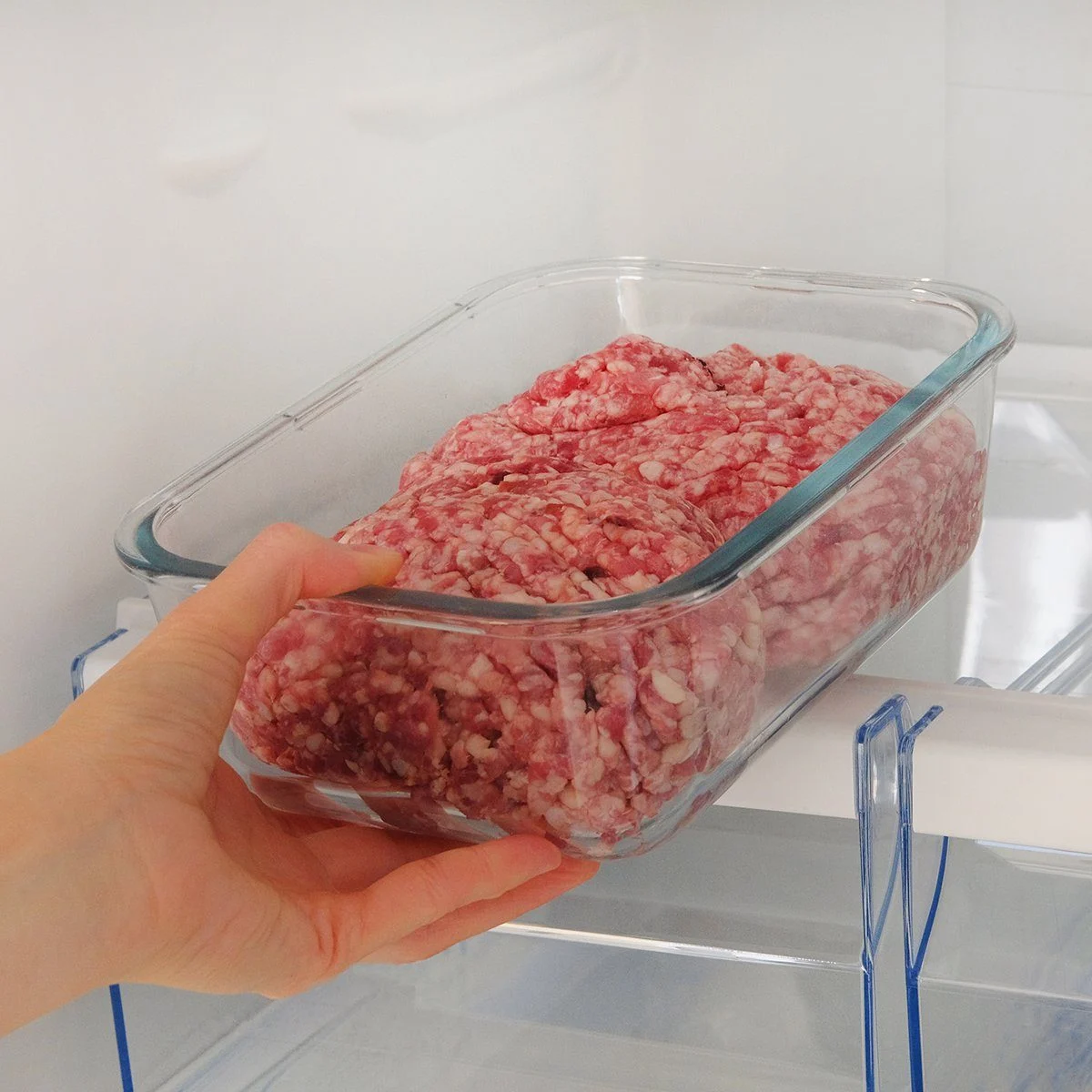

Articles
How To Store Opened Ground Beef
Modified: February 26, 2024
Learn how to properly store opened ground beef to keep it fresh and safe to eat. Our informative articles provide helpful tips and guidelines for storing ground beef to maintain its quality and flavor.
(Many of the links in this article redirect to a specific reviewed product. Your purchase of these products through affiliate links helps to generate commission for Storables.com, at no extra cost. Learn more)
Introduction
When it comes to cooking delicious meals, ground beef is a staple ingredient in many households. Whether you’re making burgers, meatballs, or spaghetti bolognese, ground beef is a versatile option that offers both flavor and texture.
However, once you open a package of ground beef, you may find yourself wondering how to store it properly to ensure that it remains fresh and safe to eat. In this article, we will explore the best practices for storing opened ground beef.
Key Takeaways:
- Properly storing and packaging opened ground beef is crucial for maintaining freshness and preventing bacterial growth. Follow fridge and freezer guidelines to extend shelf life and ensure safe consumption.
- When thawing and cooking ground beef, prioritize food safety by using recommended methods and cooking techniques. Properly thawed and cooked ground beef ensures delicious meals with peace of mind.
Read more: How To Store Ground Beef After Opening
Storing Ground Beef in the Fridge
When it comes to storing opened ground beef, the refrigerator is your best friend. It is important to remember that ground beef is a perishable food item and needs to be stored at the proper temperature to prevent bacterial growth and maintain its freshness.
Here are some guidelines to follow when storing ground beef in the fridge:
- Keep the packaging intact: If you haven’t used all the ground beef from the original packaging, make sure to wrap it tightly with plastic wrap or transfer it to an airtight container. This will help prevent air exposure, which can cause freezer burn and diminish the quality of the meat.
- Store in the coldest part of the fridge: Place the ground beef in the coldest part of your refrigerator, such as the back of the bottom shelf or the meat drawer. The temperature in this area is typically the most consistent, ensuring that the meat stays cool and slows down bacterial growth.
- Follow the “use by” date: Ground beef usually comes with a “use by” date on the packaging. It is essential to consume the meat before this date to ensure its freshness and safety. If you can’t cook it in time, consider freezing it.
- Keep away from other foods: To prevent cross-contamination, store ground beef separately from other food items in your fridge. Make sure it is not in contact with ready-to-eat foods, such as fruits, vegetables, or cooked meats, to avoid the risk of foodborne illnesses.
Following these simple guidelines will help extend the shelf life of your ground beef and ensure that it remains safe to consume. However, it’s important to note that the maximum recommended storage time for ground beef in the fridge is typically around 2-3 days. Beyond this period, it’s best to consider freezing the meat for longer-term storage.
Storing Ground Beef in the Freezer
If you have ground beef that you can’t use within a few days, freezing it is a great option to extend its shelf life. Freezing ground beef not only helps to preserve its freshness but also allows you to have a readily available ingredient for future meals. Here are some steps to follow when storing ground beef in the freezer:
- Divide into smaller portions: If you have a large quantity of ground beef, it’s best to divide it into smaller portions before freezing. This will make it easier to thaw only what you need for a particular recipe, reducing waste and maintaining the quality of the remaining meat.
- Wrap it well: Wrap each portion tightly in plastic wrap, foil, or place it in a freezer-safe zip-top bag. Make sure to remove as much air as possible to prevent freezer burn, which can affect the texture and taste of the meat.
- Label and date: Don’t forget to label each package with the date of freezing. This will help you keep track of how long the ground beef has been in the freezer and ensure you use it before its quality begins to decline.
- Store in the coldest part of the freezer: Place the wrapped ground beef in the coldest part of your freezer to ensure it freezes quickly and remains at a consistently low temperature. This helps maintain its quality and reduces the risk of bacterial growth.
By following these steps, you can safely store ground beef in the freezer for up to 3-4 months without compromising its taste and texture. However, for the best quality, it is recommended to use it within 2-3 months.
When you’re ready to use the frozen ground beef, remember to thaw it properly to maintain its flavor and texture.
Tips for Properly Packaging Ground Beef
Proper packaging is essential when it comes to storing ground beef, whether in the fridge or freezer. It helps to maintain the quality, prevent freezer burn, and reduce the risk of contamination. Here are some tips for properly packaging ground beef:
- Use airtight containers: When storing ground beef in the fridge, transfer it to an airtight container or wrap it tightly with plastic wrap. This helps to prevent air exposure and keep the meat fresh for a longer period.
- Wrap it tightly: When freezing ground beef, ensure that each portion is tightly wrapped to prevent freezer burn. Use plastic wrap, foil, or freezer-safe resealable bags. Squeeze out any excess air from the package before sealing it.
- Consider using a vacuum sealer: Vacuum sealing is an excellent option for long-term storage of ground beef in the freezer. It removes all the air from the package, ensuring better preservation and reducing the chances of freezer burn.
- Label and date: Always label each package of ground beef with the date of packaging and indicate the quantity if dividing it into portions. This will help you keep track of the freshness and avoid confusion when selecting packages from the freezer.
- Freeze in flattened portions: If you prefer to freeze ground beef in freezer bags, consider flattening the meat before sealing the bag. This makes it easier to stack in the freezer, saves space, and enables quicker thawing.
By following these packaging tips, you can ensure that your ground beef remains fresh and of high quality, whether in the fridge or freezer. It’s essential to remember that proper packaging not only preserves the taste and texture but also helps prevent foodborne illnesses by minimizing the risk of cross-contamination.
Store opened ground beef in an airtight container or resealable plastic bag in the refrigerator for up to 2 days. For longer storage, freeze it in a freezer-safe container for up to 3 months.
Best Practices for Defrosting Ground Beef
Defrosting ground beef properly is crucial to maintain its quality and ensure food safety. Improper thawing can lead to bacterial growth and compromise the taste and texture of the meat. Here are some best practices for defrosting ground beef:
- Refrigerator thawing: The safest method for defrosting ground beef is to thaw it in the refrigerator. Simply transfer the frozen meat package from the freezer to a plate or tray and place it in the refrigerator. Allow enough time for the ground beef to thaw completely. Generally, it takes about 24 to 48 hours to thaw ground beef in the refrigerator.
- Cold water thawing: If you need to thaw ground beef more quickly, you can use the cold water method. Place the frozen meat in a sealed plastic bag and submerge it in a bowl of cold water. Change the water every 30 minutes to ensure it remains cold. Ground beef thawed using this method should be cooked immediately after defrosting.
- Microwave thawing: Some microwaves have a defrost setting that you can use to thaw ground beef. Follow the manufacturer’s instructions for defrosting meat, as microwave wattage and settings may vary. Be cautious when using this method to avoid partially cooking the meat in the microwave.
Regardless of the method you choose, it is important to cook ground beef promptly after thawing. Avoid refreezing once the meat has been completely thawed, as it can affect the texture and quality of the meat.
During the thawing process, it’s natural for ground beef to release some juices. Keep this in mind when handling the meat to prevent cross-contamination. Always remember to wash your hands, utensils, and surfaces thoroughly after handling raw meat to maintain proper hygiene.
By following these best practices, you can safely and effectively thaw ground beef while preserving its flavor and quality.
Read more: How To Store Ground Beef
Recommended Cooking Guidelines for Thawed Ground Beef
Properly cooking ground beef is crucial to kill any harmful bacteria and ensure that it is safe to consume. Here are some recommended cooking guidelines for thawed ground beef:
- Cook thoroughly: Ground beef should be cooked until it reaches an internal temperature of 160°F (71°C). This ensures that any bacteria present in the meat are destroyed. Use a food thermometer to accurately measure the temperature in the thickest part of the meat.
- Avoid overcooking: While it is important to cook ground beef thoroughly, overcooking can result in dry and tough meat. Once the meat reaches the recommended internal temperature, remove it from the heat promptly to prevent excessive drying out.
- Don’t rely on color alone: Do not solely rely on the color of ground beef to determine its doneness. Ground beef can still appear pink even when it has reached a safe internal temperature. Using a food thermometer is the most accurate way to ensure proper doneness.
- Use proper cooking techniques: Ground beef can be cooked using various methods, such as grilling, pan-frying, or baking. Make sure to follow the appropriate cooking techniques and times based on the specific recipe you are preparing.
- Avoid overcrowding the pan: When cooking ground beef on the stovetop, avoid overcrowding the pan. Overcrowding can prevent proper browning and result in uneven cooking. Cook the meat in batches if necessary.
- Drain excess fat: Ground beef tends to release fat as it cooks. After browning the meat, drain off any excess fat for healthier and leaner dishes. This step also helps to prevent greasy textures in your meals.
By following these cooking guidelines, you can ensure that your thawed ground beef is cooked safely and to the desired level of doneness. Remember, proper cooking techniques not only ensure food safety but also contribute to delicious and flavorful results.
Conclusion
Properly storing opened ground beef is essential for maintaining its freshness and ensuring food safety. Whether you’re storing it in the fridge or freezer, following the correct guidelines will help preserve the quality of the meat and prevent bacterial growth.
When storing ground beef in the fridge, make sure to keep the packaging intact, store it in the coldest part of the fridge, and consume it before the “use by” date. Properly packaging the ground beef by using airtight containers or wrapping it tightly will further extend its shelf life.
For longer-term storage, freezing ground beef is a great option. Divide it into smaller portions, wrap it tightly, and label each package with the date of freezing. Freezing ground beef helps to maintain its quality for several months, but it’s best to use it within 2-3 months for optimal taste and texture.
When thawing ground beef, it’s important to follow recommended methods such as refrigerator thawing, cold water thawing, or using the microwave. Cooking ground beef to a temperature of 160°F (71°C) ensures that any harmful bacteria are eliminated.
By implementing these best practices, you can safely store, thaw, and cook ground beef, allowing you to enjoy delicious meals while ensuring the highest standards of food safety.
Remember to always practice good hygiene when handling raw meat and follow proper cooking techniques. Enjoy your ground beef recipes with confidence, knowing that you have taken the necessary steps to store and prepare it correctly!
Frequently Asked Questions about How To Store Opened Ground Beef
Was this page helpful?
At Storables.com, we guarantee accurate and reliable information. Our content, validated by Expert Board Contributors, is crafted following stringent Editorial Policies. We're committed to providing you with well-researched, expert-backed insights for all your informational needs.
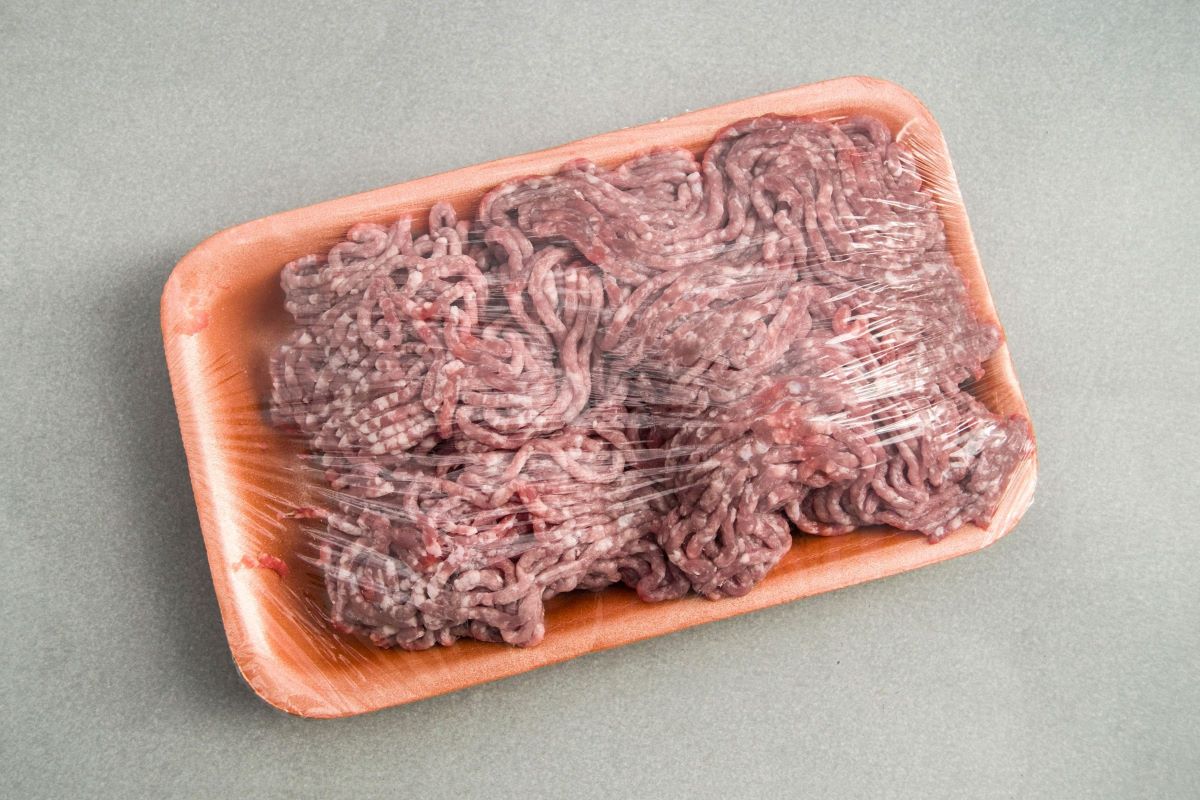
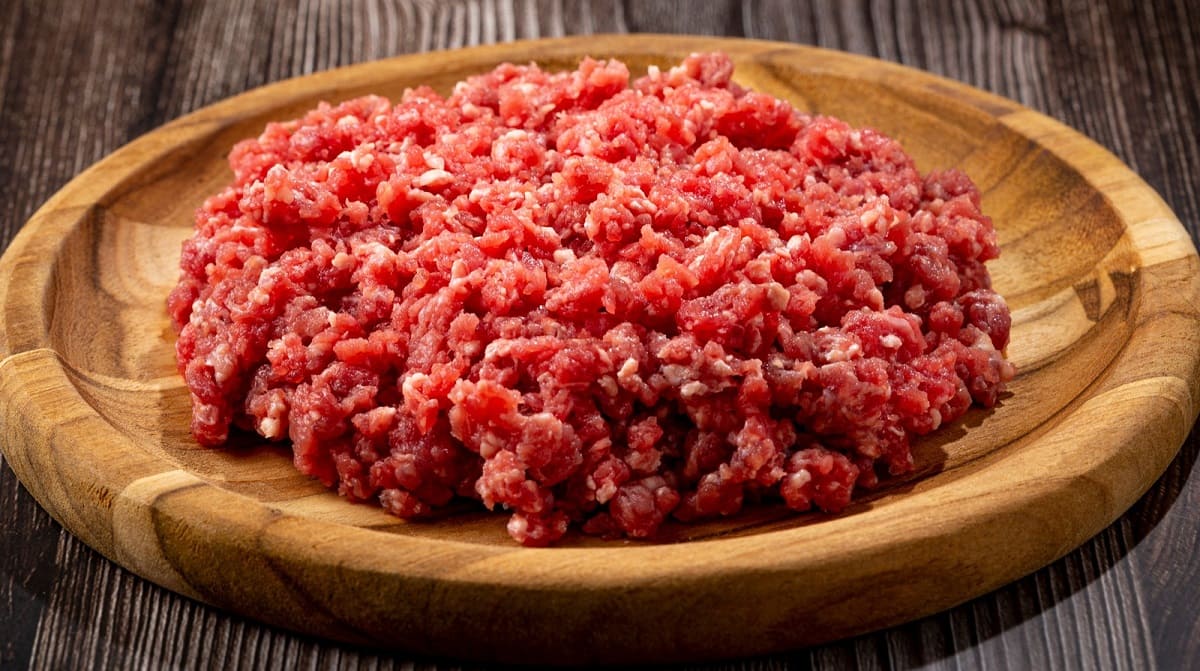
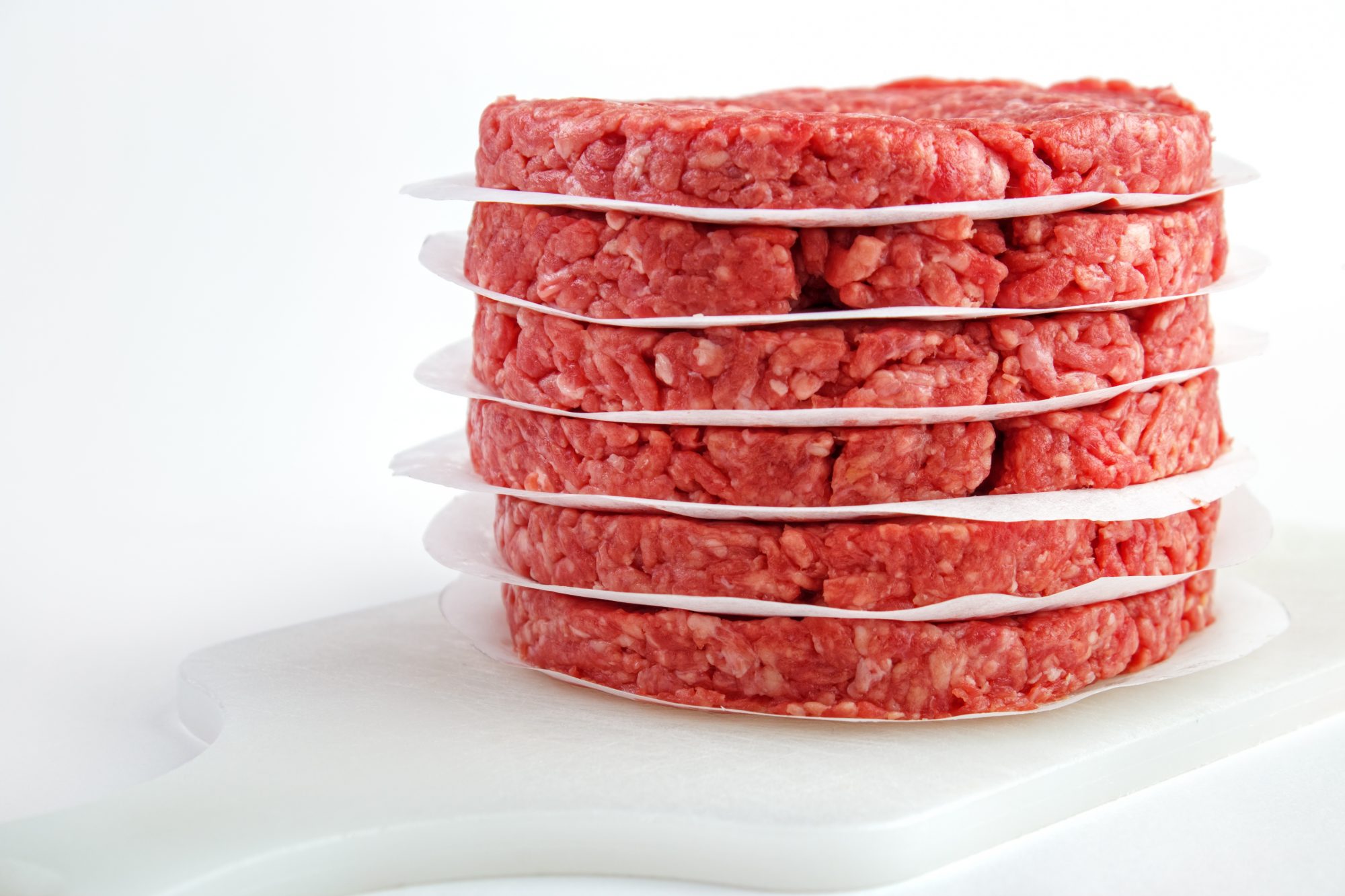
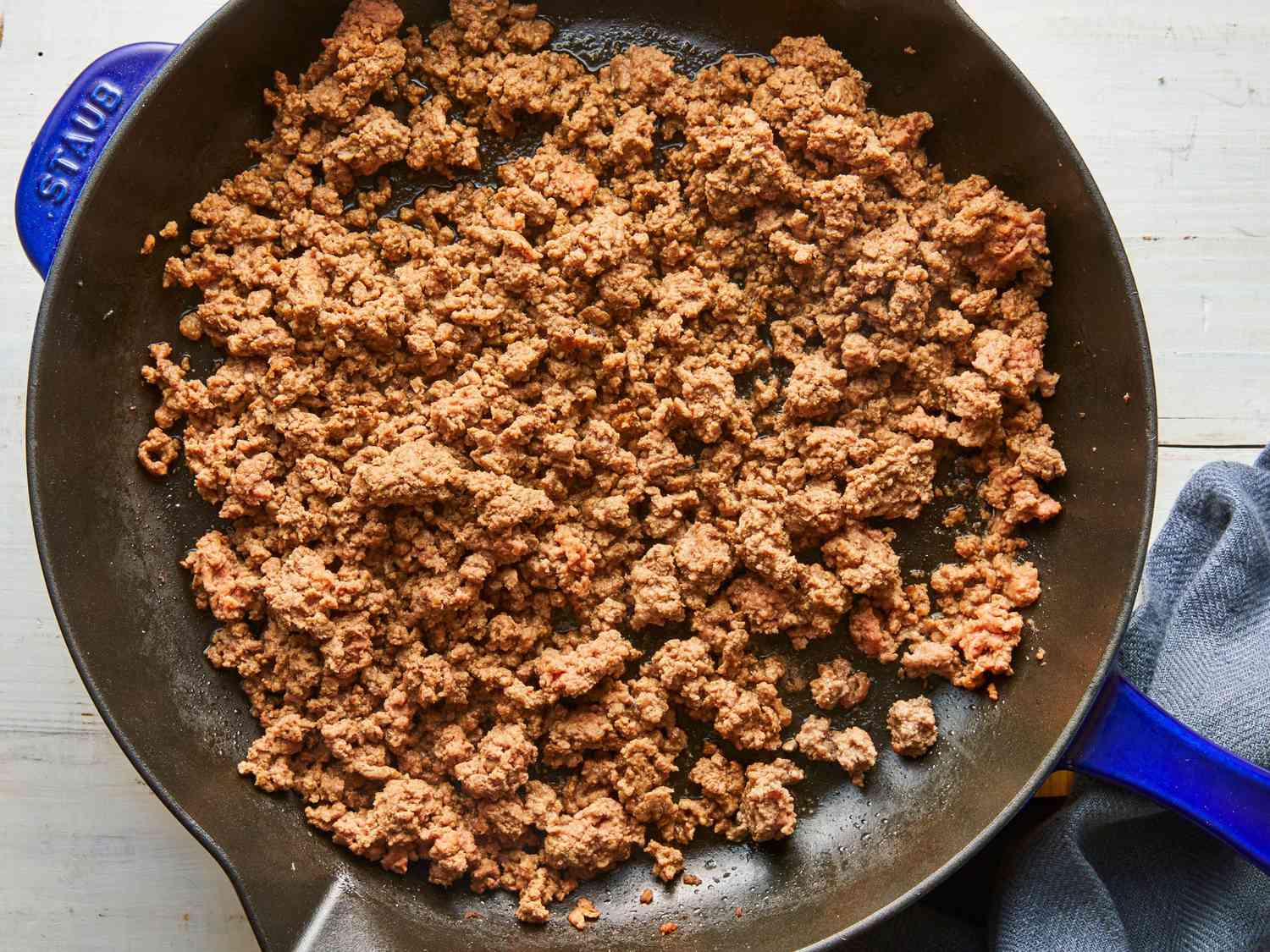
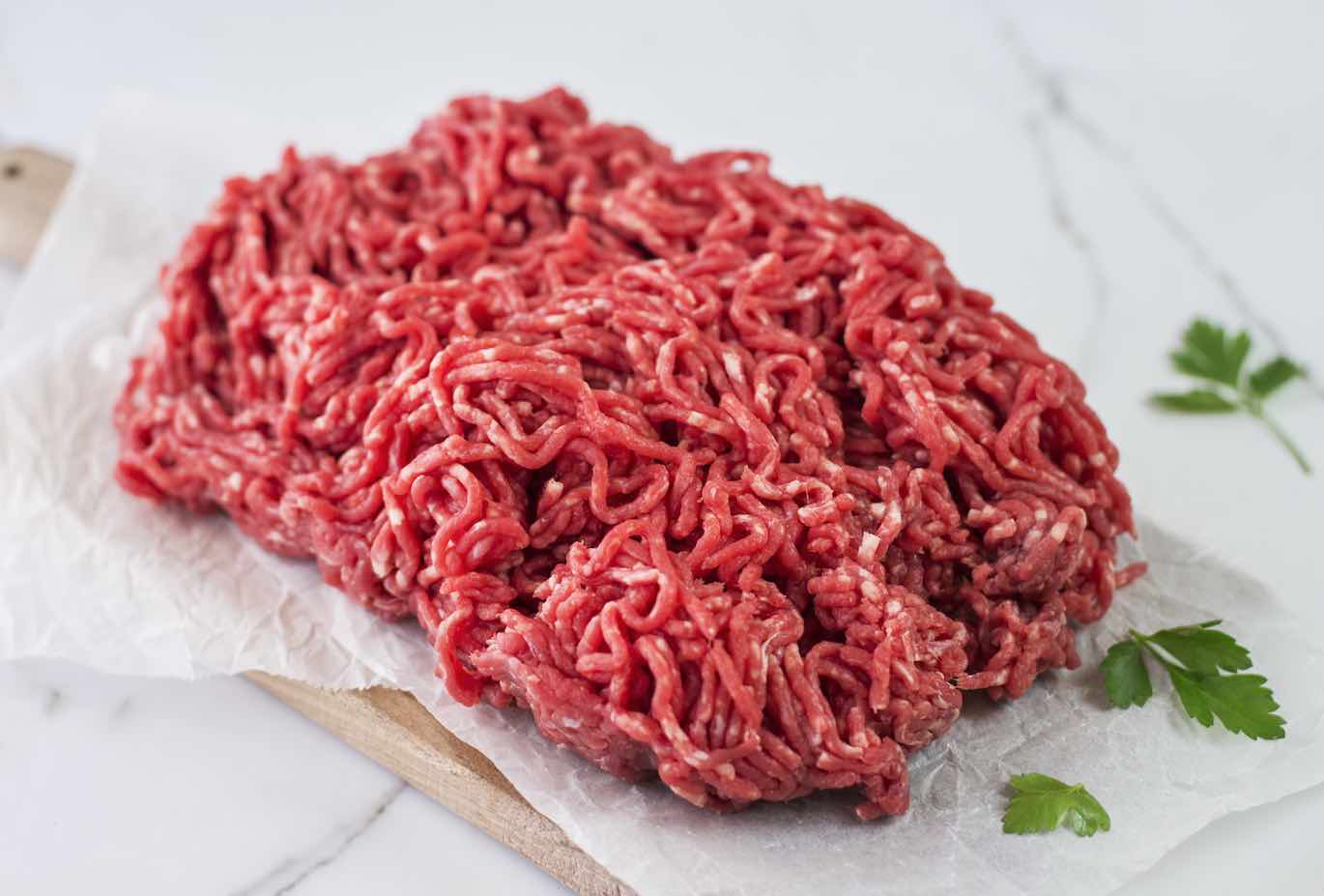
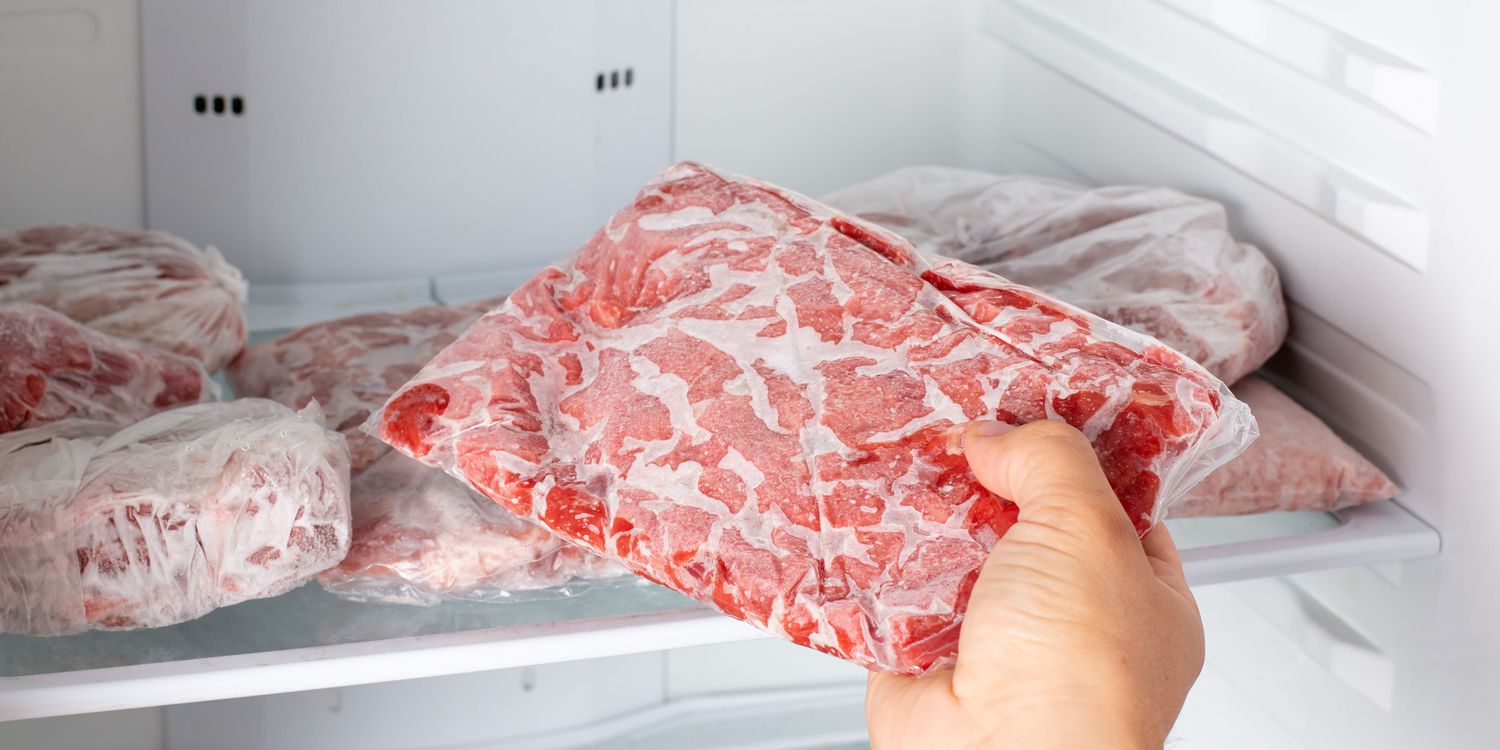
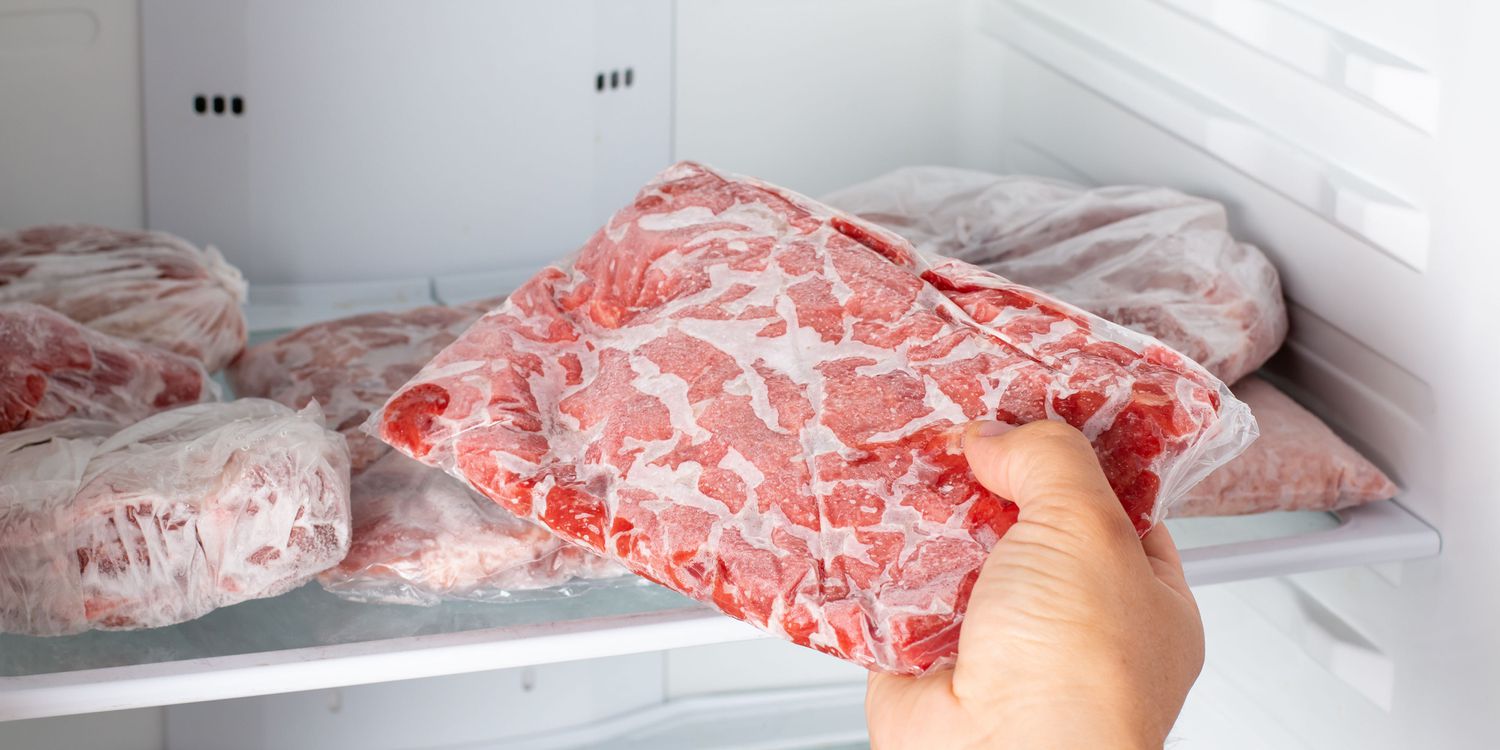
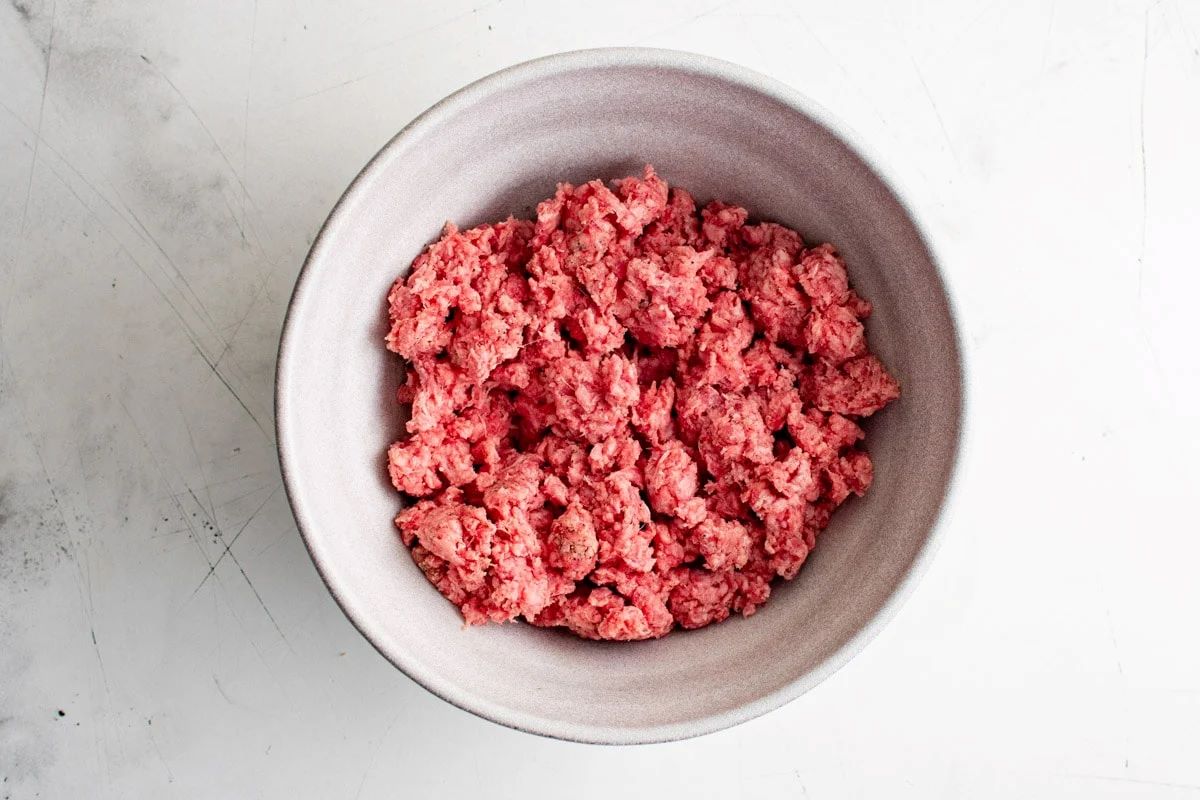
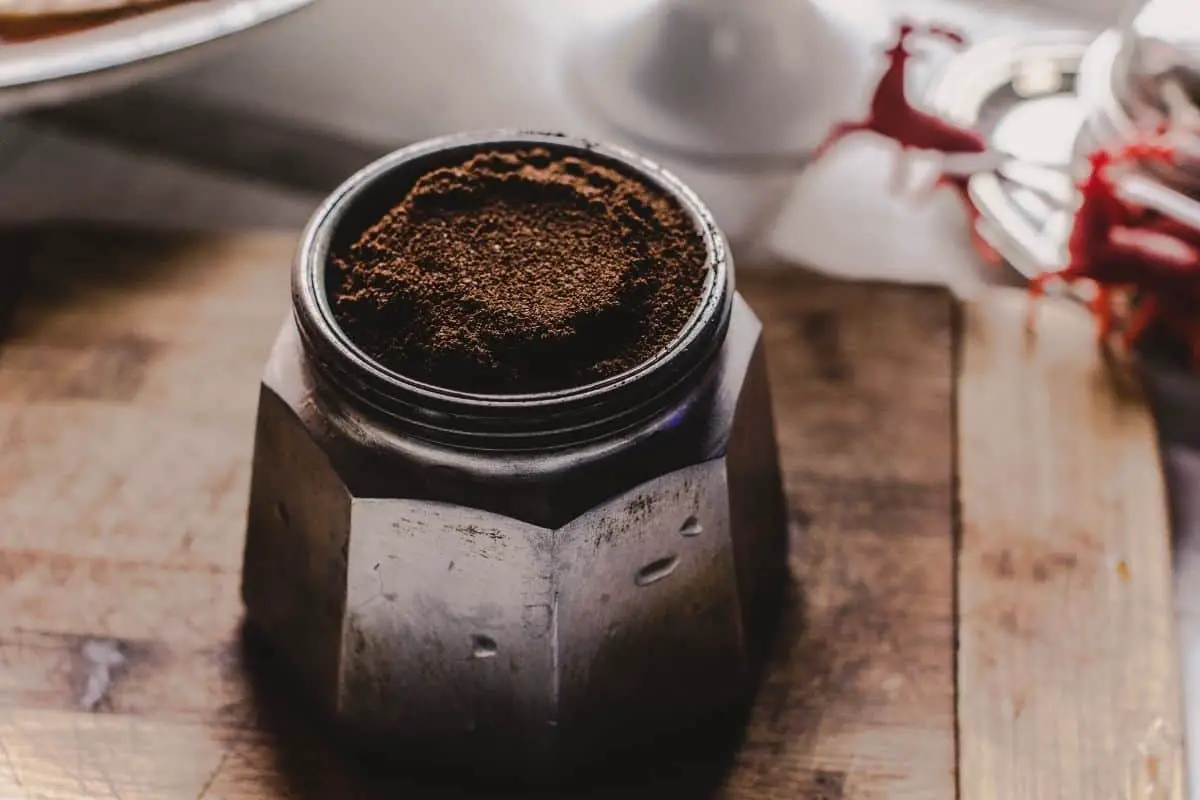
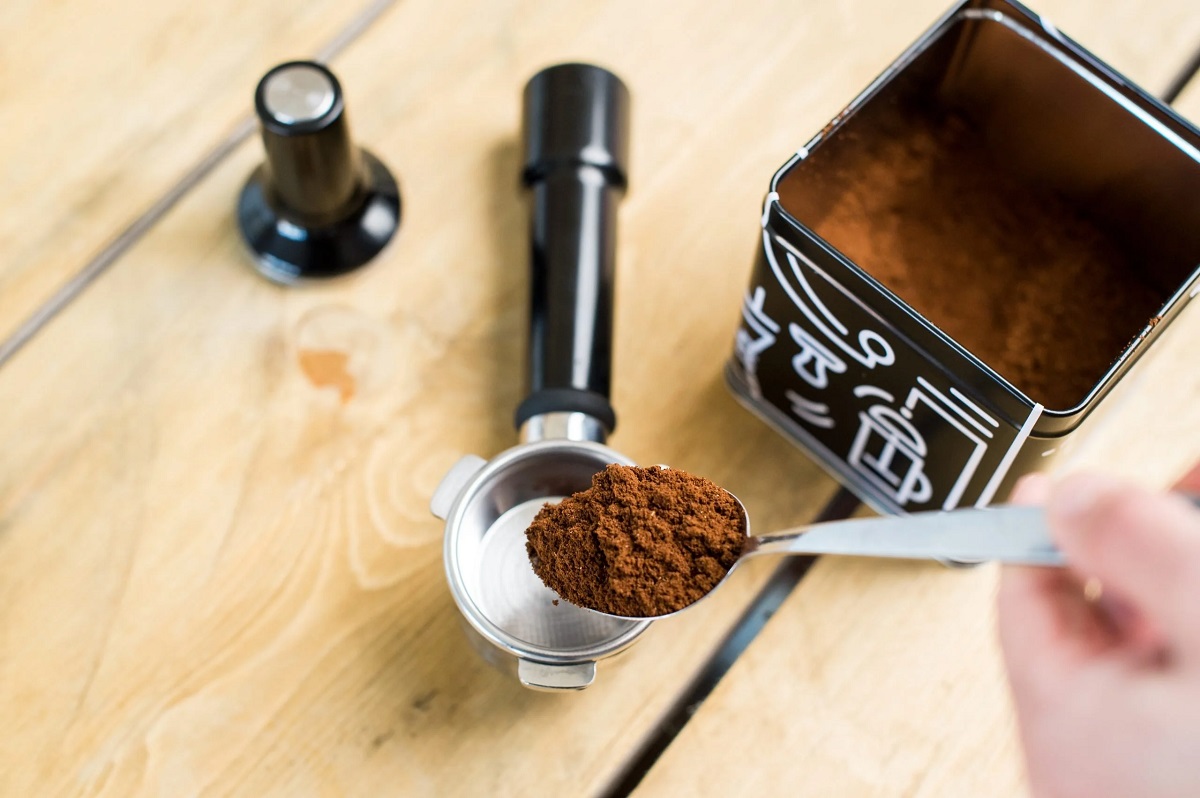
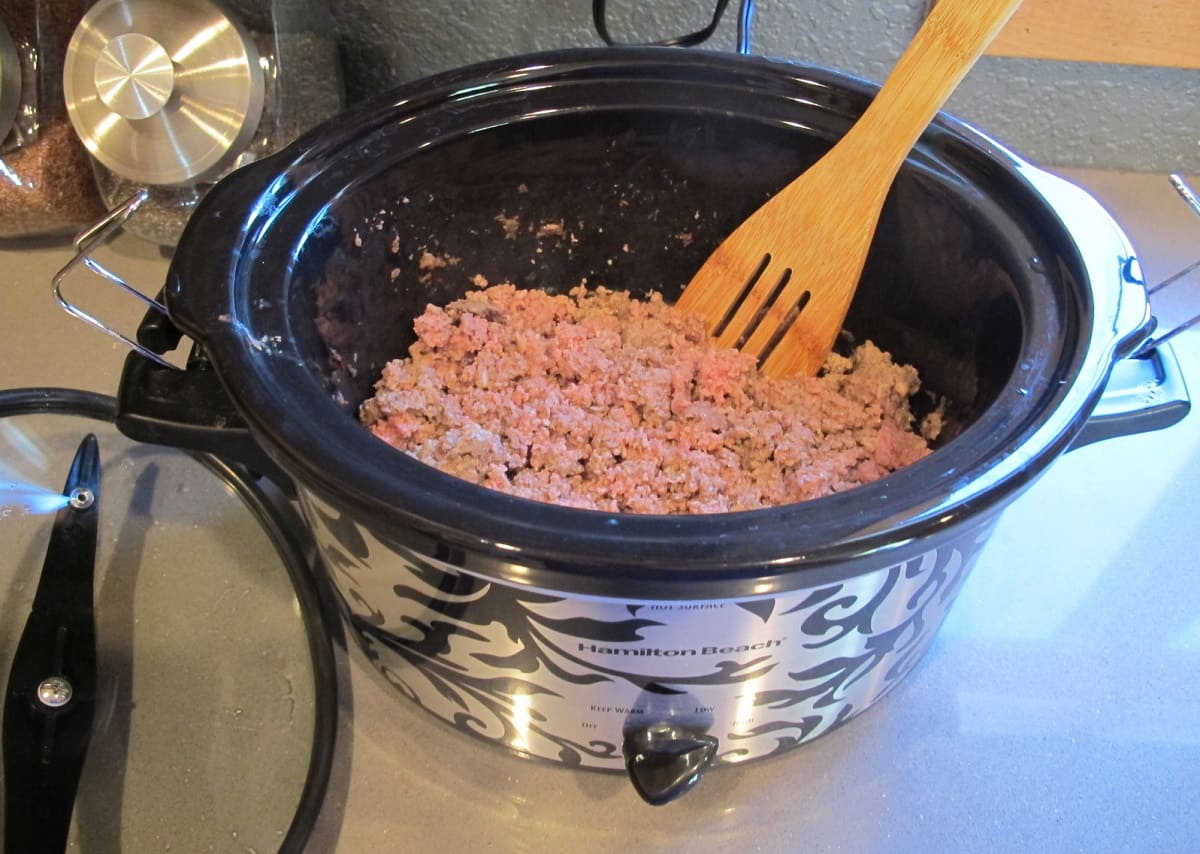
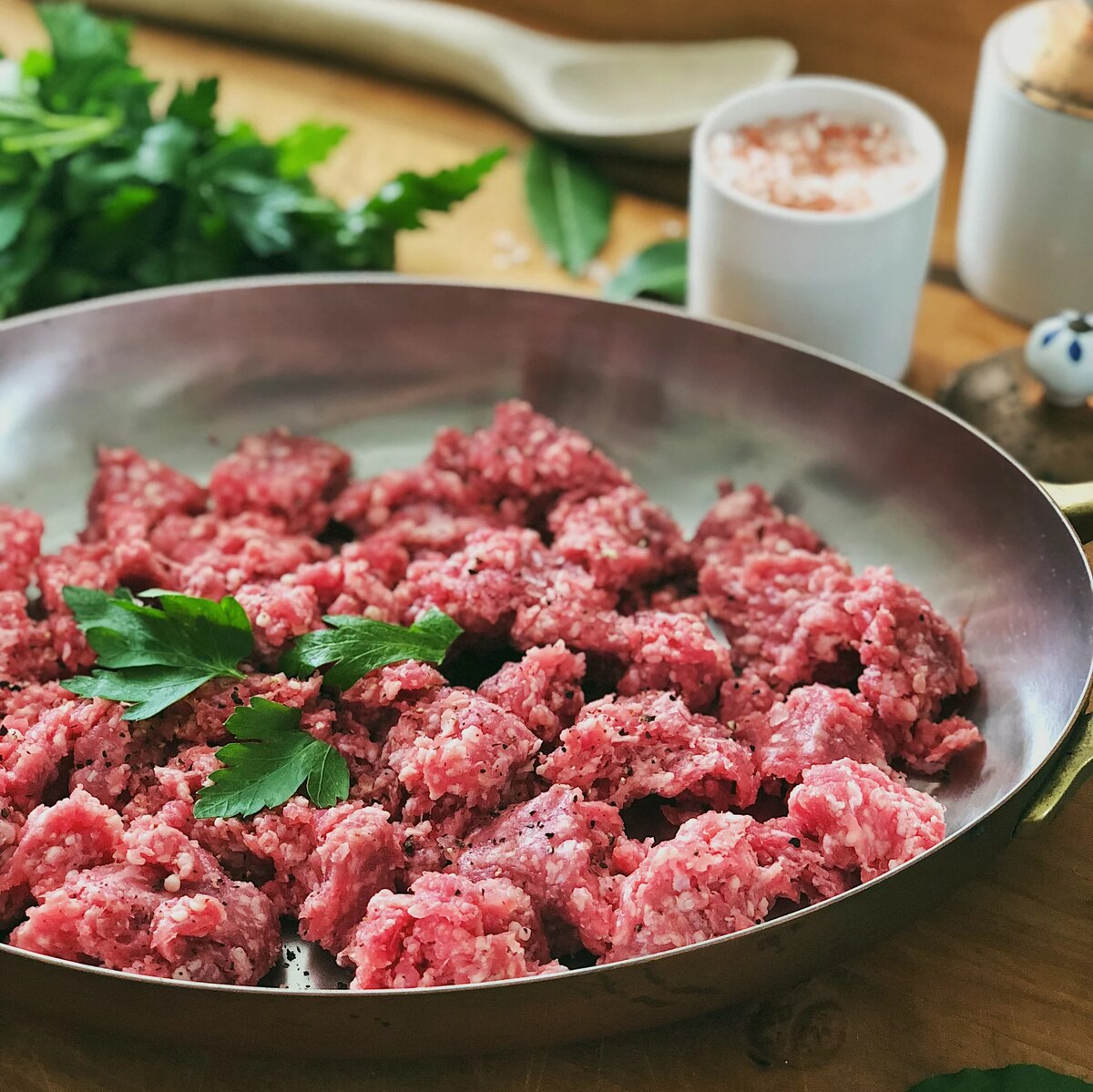
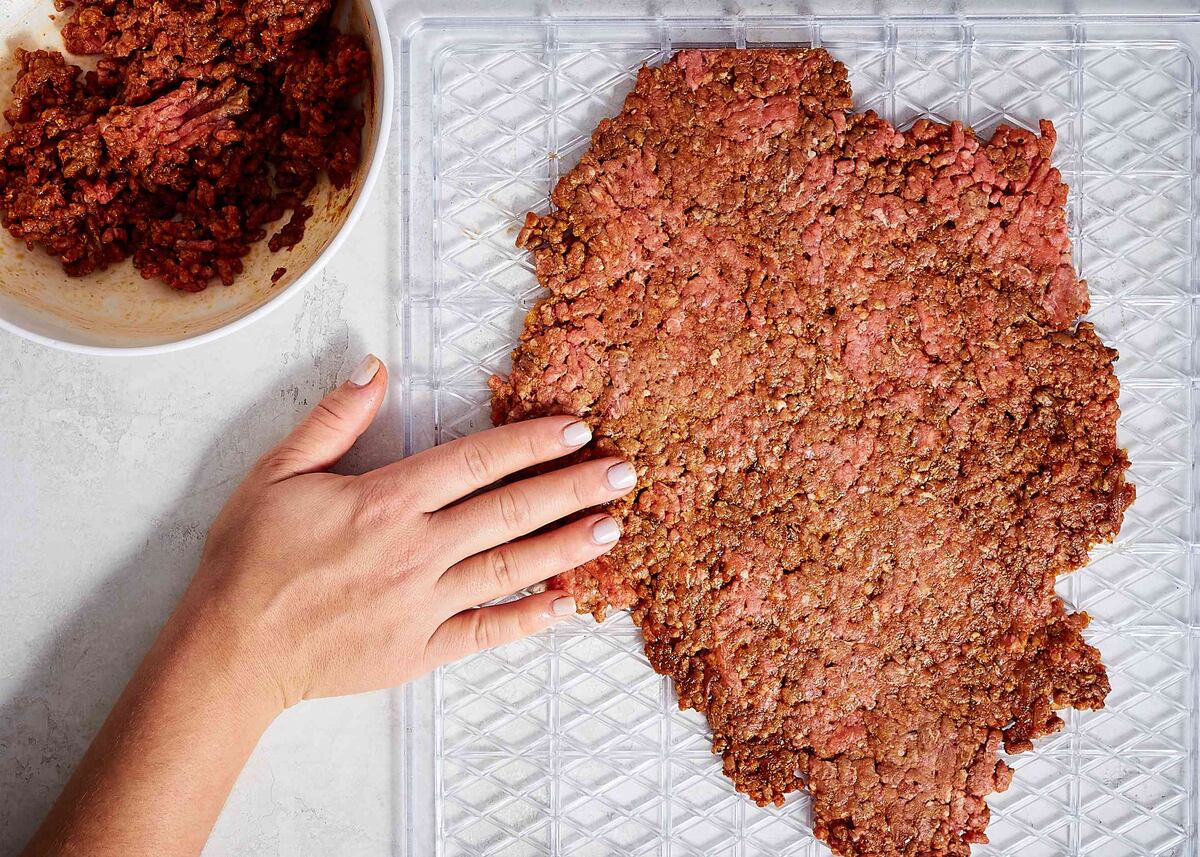
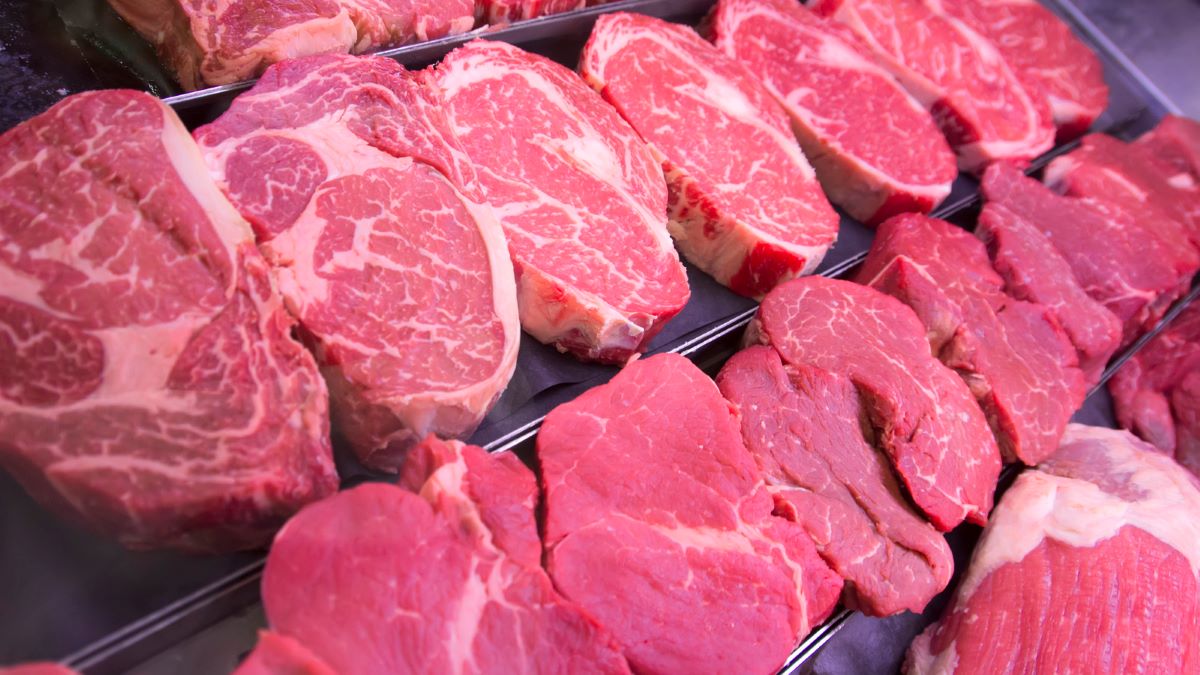

0 thoughts on “How To Store Opened Ground Beef”